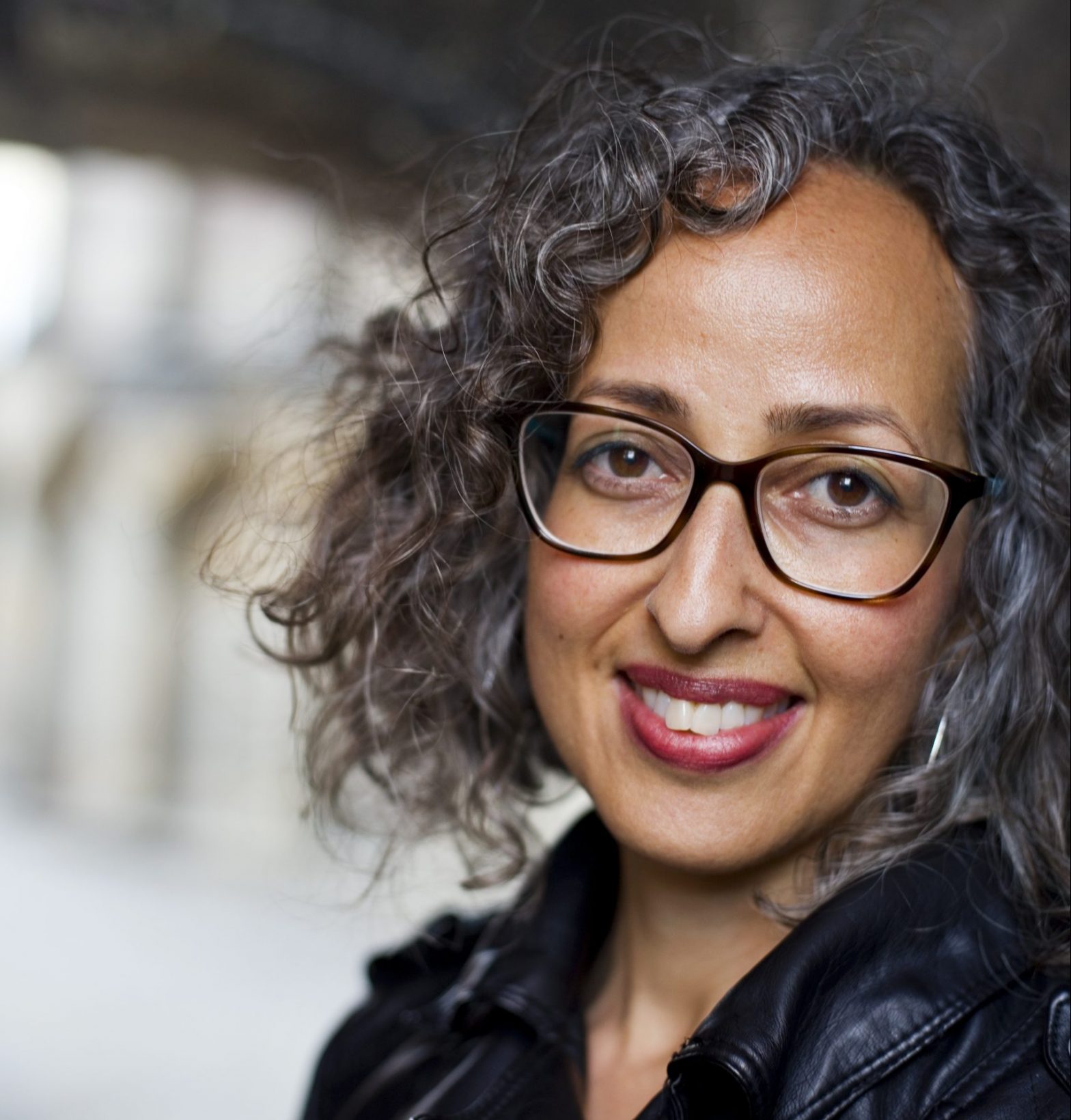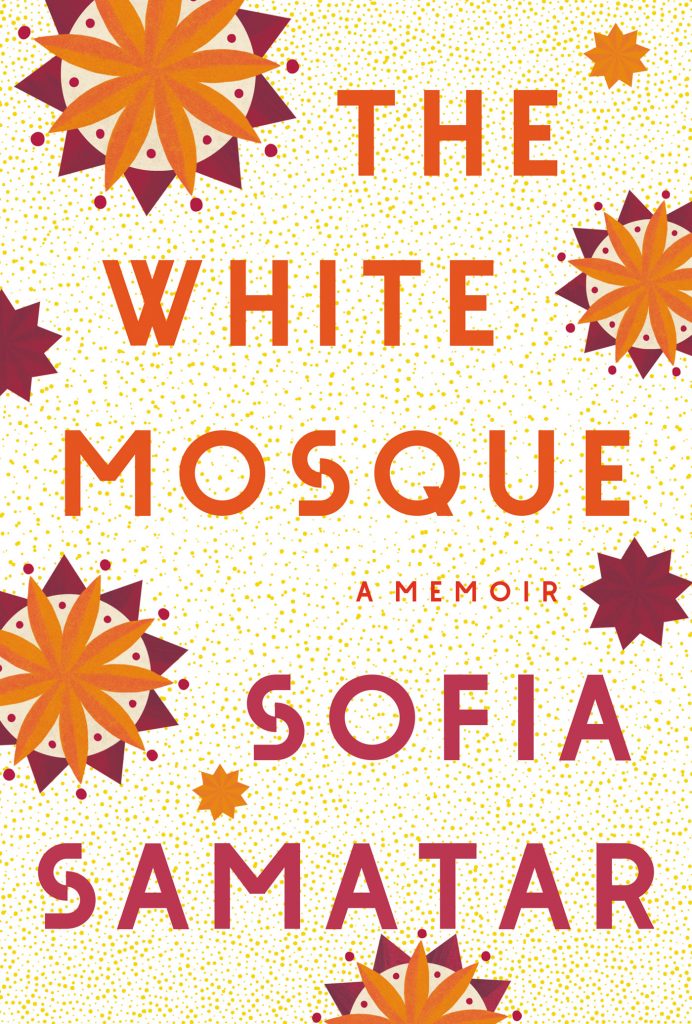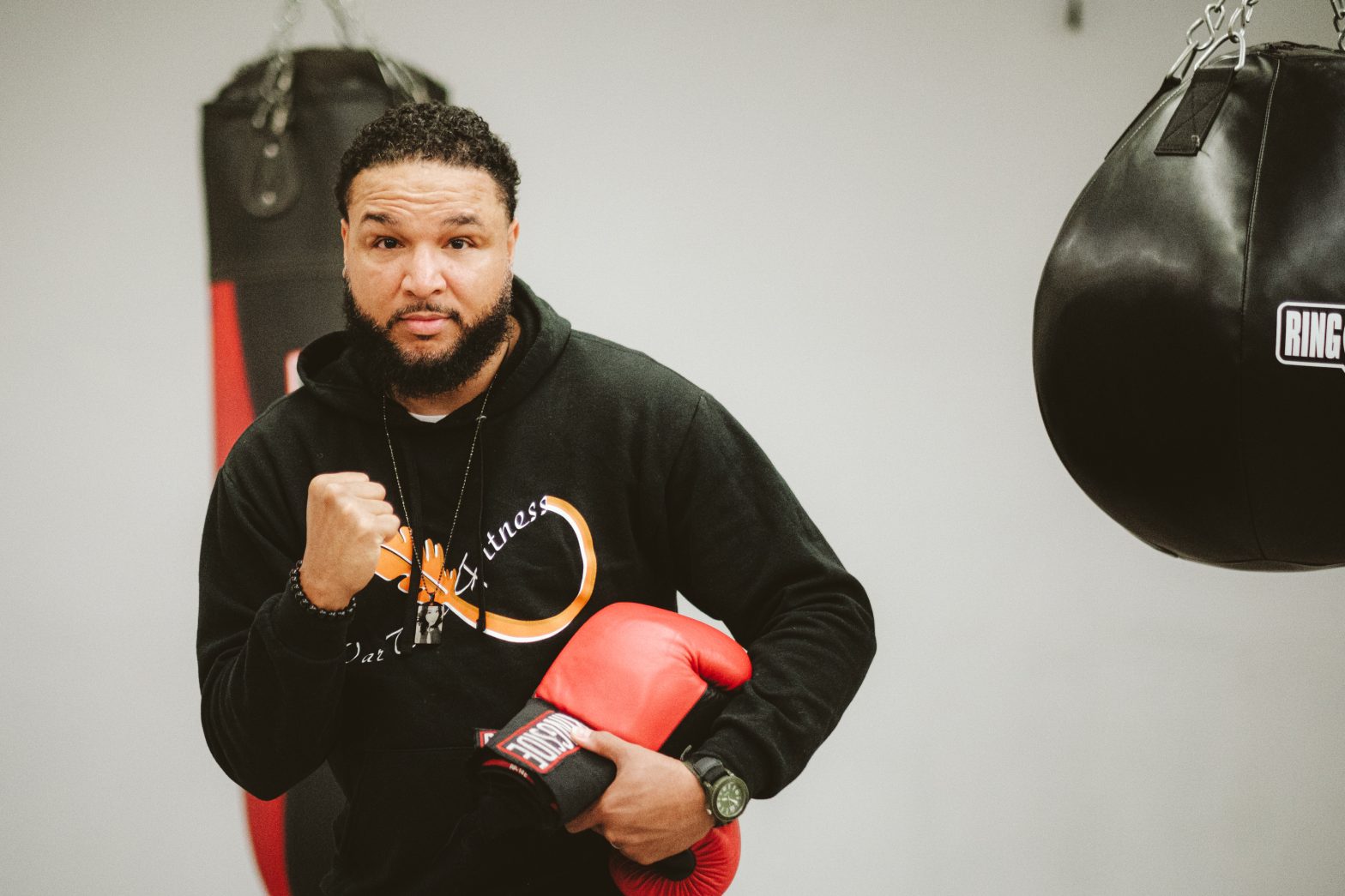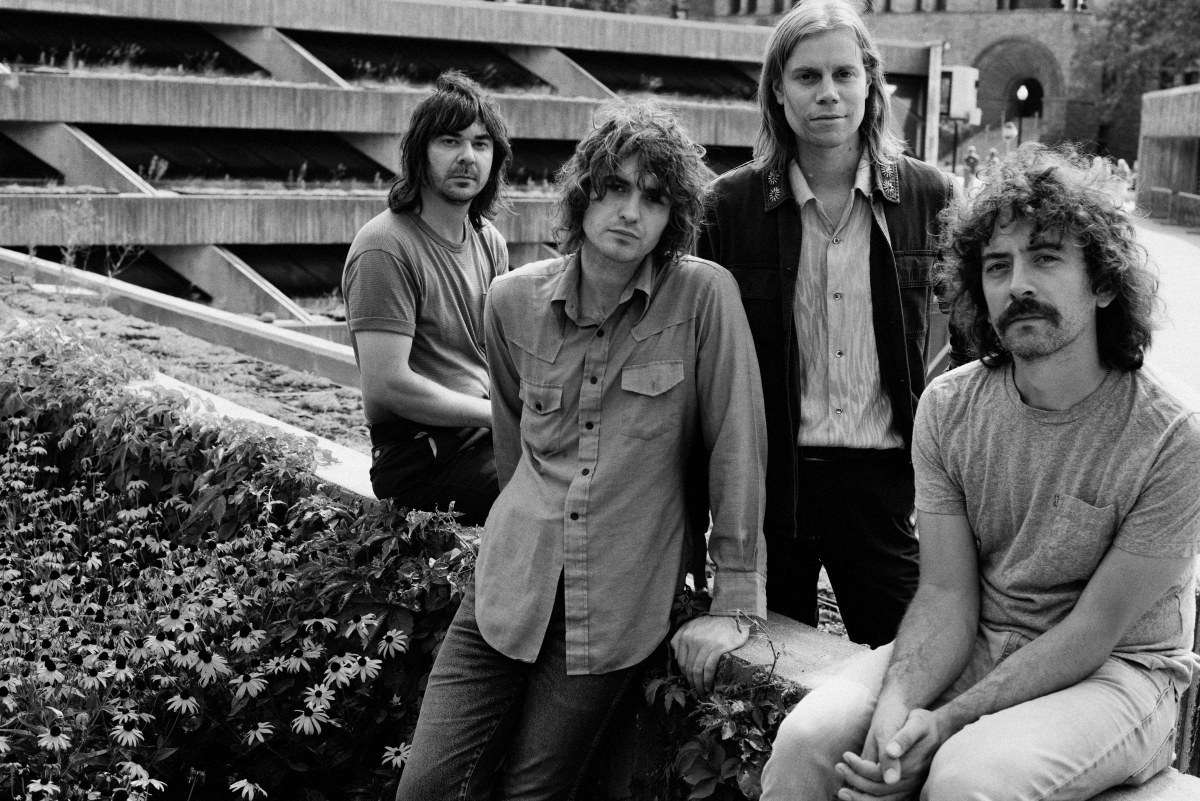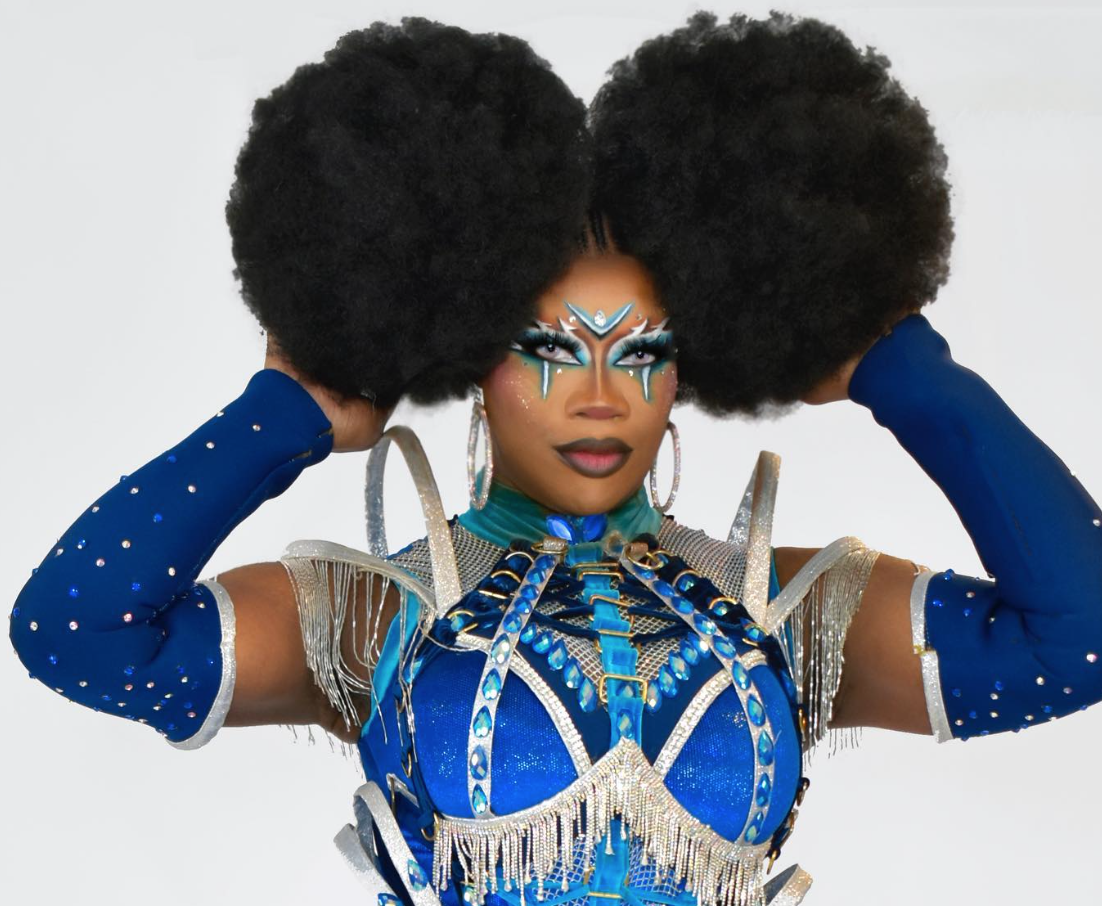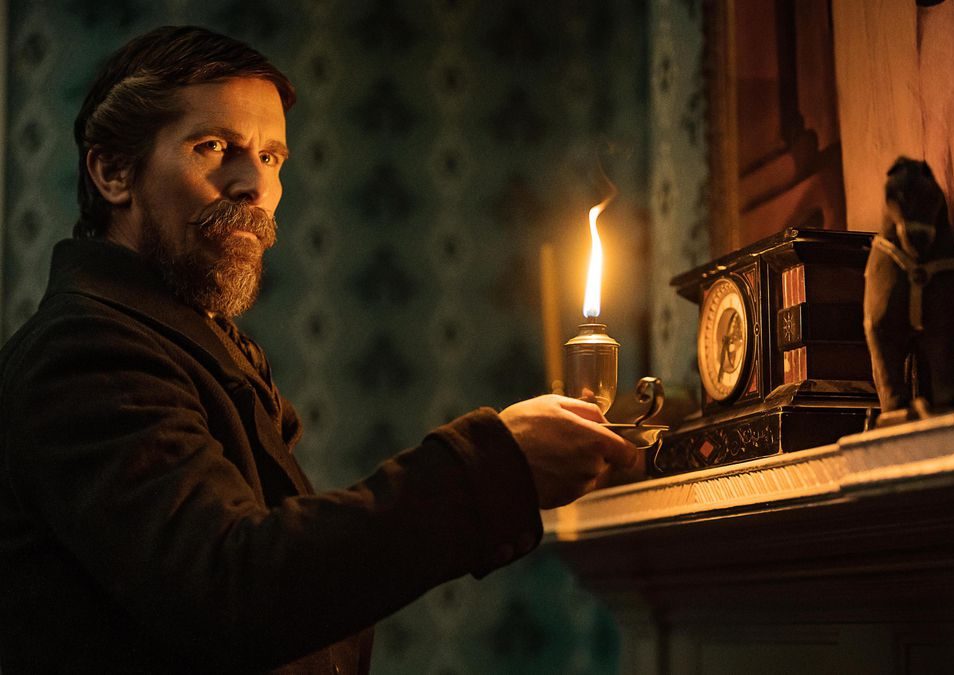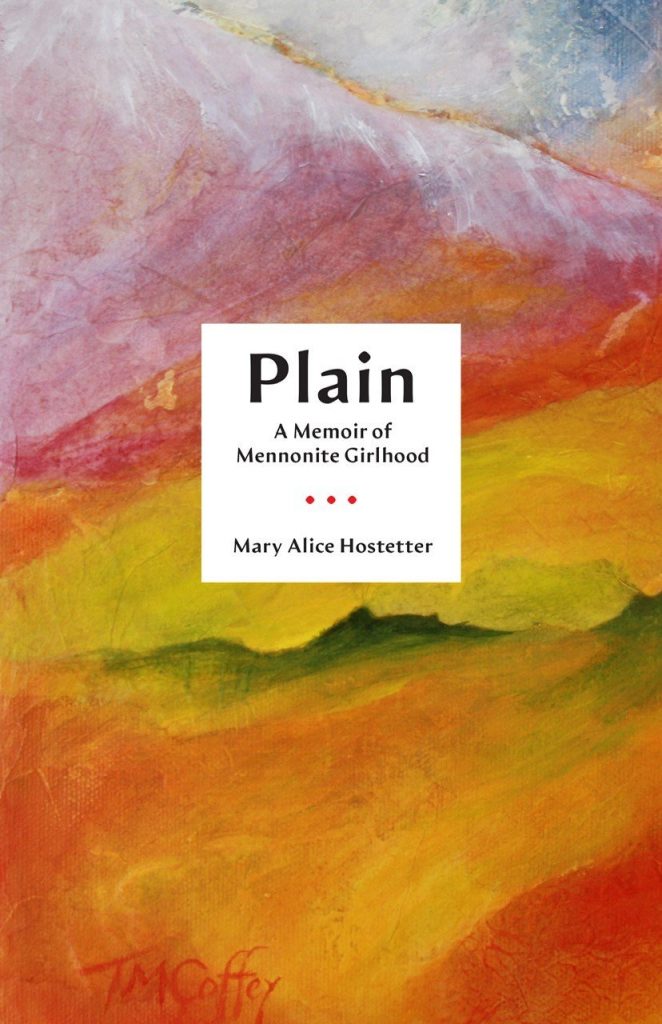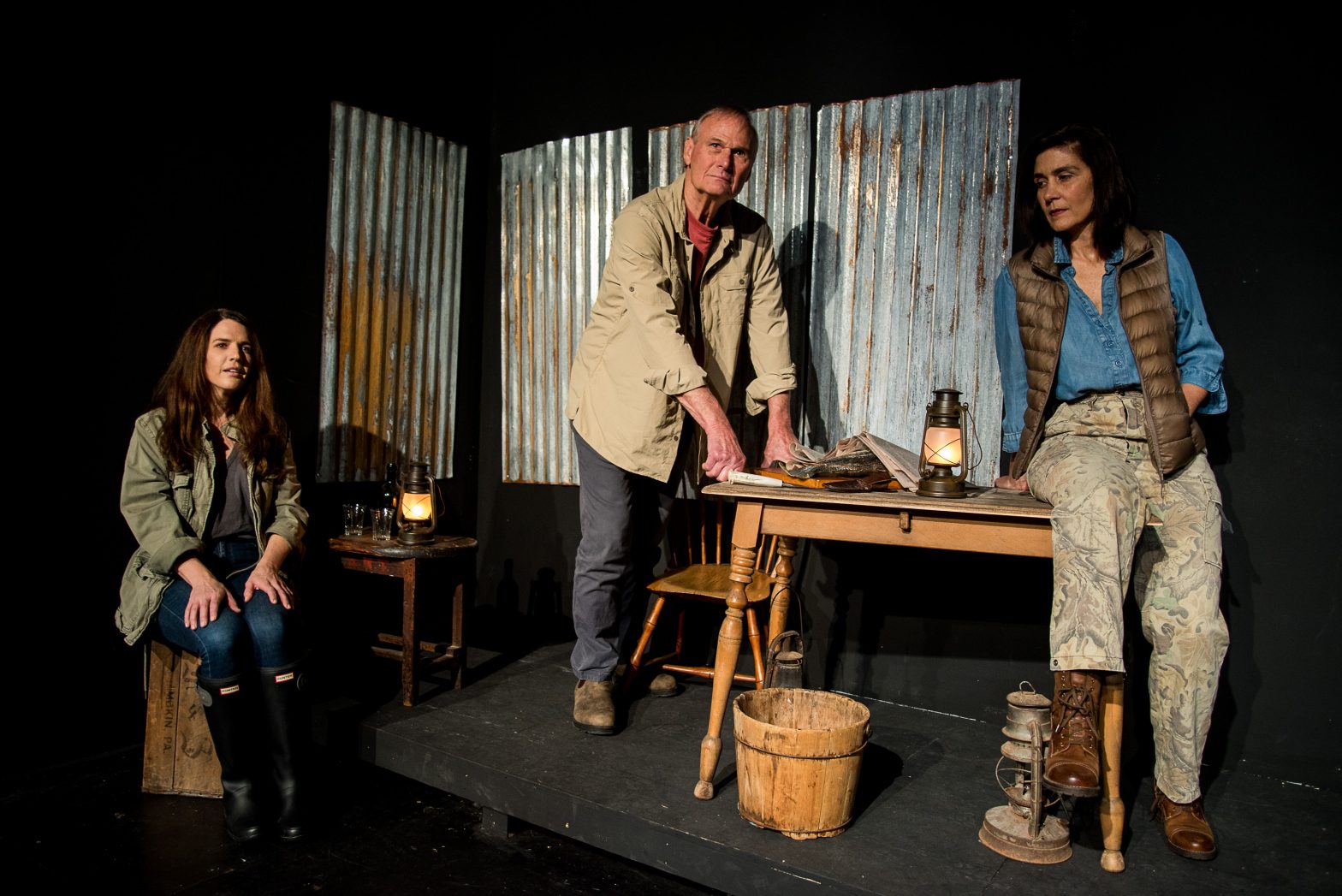There’s a long way to go until the end of 2023, but key metrics are coming in on how the real estate market fared in the last 12 months. But what impact will this new information have on transactions between now and December?
“Assessed values are a number that people look at, and while by law they are supposed to be 100 percent of market value, they are a backwards-looking valuation, rather than a value that reflects today’s market,” says local realtor Jim Duncan.
But those numbers will have an effect on property taxes for this year, and local governments will have to decide what they’ll do with the millions of dollars in additional revenue.
Albemarle County set a record this year with average assessments up 13.64 percent over 2022. Last year’s assessments in Albemarle were up 8.4 percent.
In Fluvanna, property values are up 13 percent for 2023. Figures for Louisa County will come out later this spring, as will assessments for Nelson and Greene.
Charlottesville’s assessor has not released the figures for the city. The average increase in 2022 was 11.67 percent. Currently Charlottesville is expecting a $5 million surplus in the current fiscal year, but that figure will increase if the trend extends to the city.
But even if the numbers are backward looking, they still inform understanding about how things have worked. Perhaps the large increase in Albemarle will fuel more appeals, but County Assessor Peter Lynch told the Board of Supervisors on January 11 that there were not many challenges in Albemarle last year.
“They understood what was going on with the market,” Lynch said. “They knew people were bidding up the sales on houses and that the assessments would be higher.”
Lynch also said he is aware that the increase may not be easily understood, given a general sense that recession is on the horizon. Yet, the assessment increases can be explained by a closer look at last year.
The number of home sales was down in 2022, but sales prices continued to increase. Data compiled by the Charlottesville Area Association of Realtors shows that sales volume decreased 19.9 percent from November 2021 to November 2022 for the whole region, but the median sales price increased 9.6 percent over the same period to $399,000.
If the bubble does burst this year, assessments in future years could be lower. In 2009, the average assessment was down in Albemarle 2.59 percent, beginning a decline that lasted several years until property values began to increase.
There’s also the potential impact on rents. Lynch told Albemarle Supervisors that the assessments of apartment buildings went up 28.2 percent.
“Apartments are a hot commodity in the real estate market and its really the difference between that’s an income stream that is sought after,” Lynch said.
While every property’s case is unique, the more expensive the house, the larger the assessment increase is likely to be. Homes over $2 million have an average increase of 15.29 percent compared to 9.13 percent for properties under $150,000.

